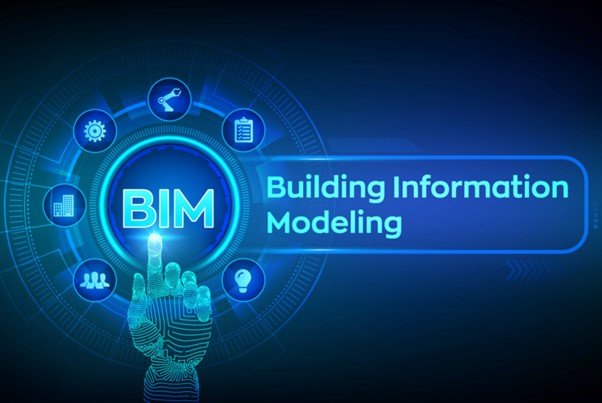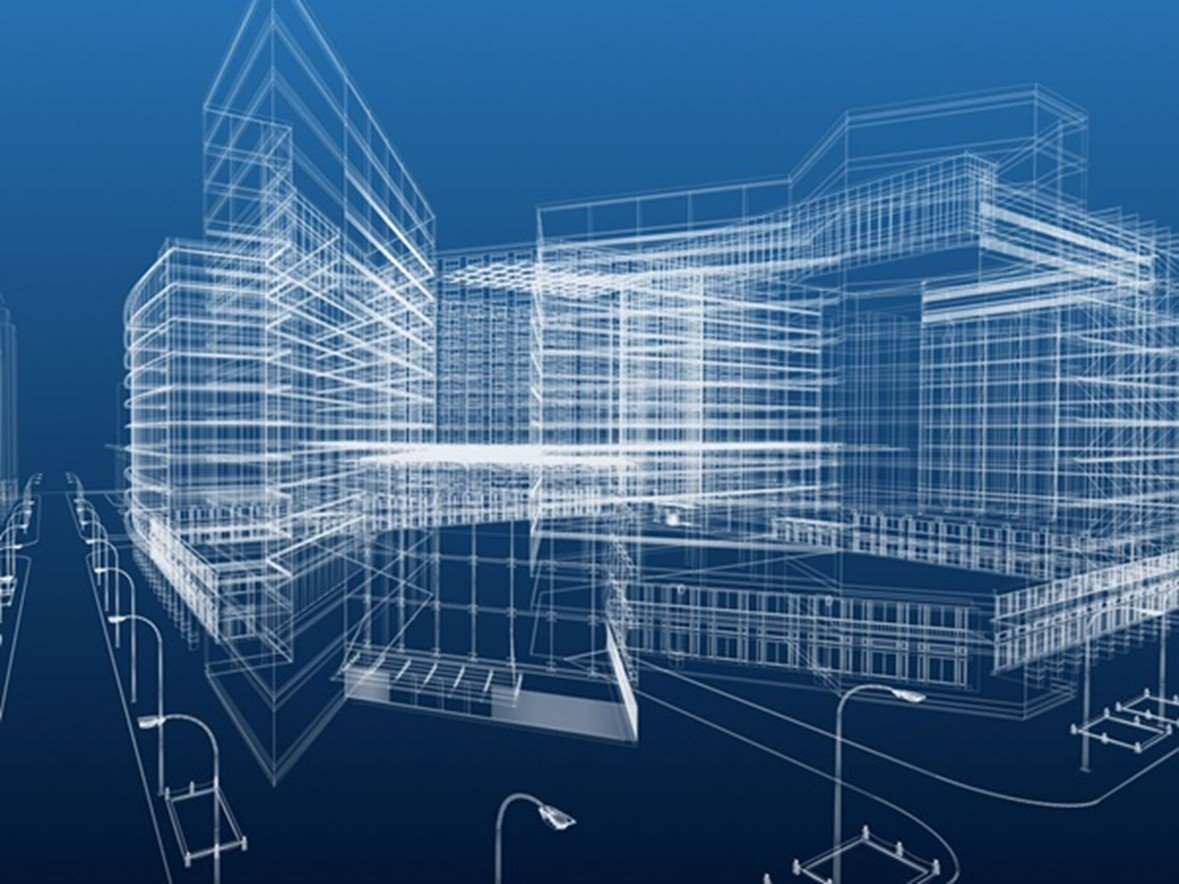Publications

Stefan Fitzgerald
15th Oct, 2020
What is BIM?
The simple answer….
BIM is the solution to the historic co-ordination nightmare within the construction Industry.
The more technical answer being; “Building Information Modelling (BIM) is an intelligent 3D model-based process that gives architecture, engineering, and construction (AEC) professionals the insight and tools, to more efficiently plan, design, construct, and manage buildings and infrastructure." (Autodesk Inc., 2020)
Why BIM?
BIM is a virtual platform which can be accessed by all the relevant parties to a specific project. The aim hereof is to have all construction related information on one platform which result in a more simplified co-ordination platform.
BIM is used for the following phases of a Development:
1. Planning the Project
2. Designing the Project
3. Building the Project
4. Operating the building (life cycle)
Planning:
Utilizing BIM in the initial planning phases of a project, cost-effective design in terms of the life cycle cost is attained. The software will also aid in connecting the project initiation phases to the longevity of the finished product. This determines the long-term financial implication prior to final design of a building.
Design:
This platform can detect inefficient designs in terms of life cycle costs and impractical structural designs. As a result, BIM prevents unforeseen variation orders over the construction phase of a project, which could lead to cost and time implications.

Building:
During the construction/building phase of a project, changes can be viewed virtually in 3D. All effects, pro’s and cons can be viewed immediately by all participating parties.
Parties will be notified when any changes take place on the Architect / Engineer’s drawings. Furthermore, when the contractors issue an RFI (Request for Information), such as identifying a standard building method or detail not reflecting on a drawing nor in the Bill of Quantities. This can then be addressed immediately by the relevant parties to ensure that the necessary approvals are given timeously.
Operating:
When BIM is being used from the beginning, the life-cycle cost can be optimized through the design and selection of materials. This platform, through collection of continuous data, will enable the operators of the asset/building to make the most cost-effective maintenance- and upgrade decisions.
Using BIM will result in buildings which is not only constructed in the most time/cost-effective manner, but also sustainable in terms of life-cycle cost and the impact on the environment.

At AGORA, we encourage the continuous implementation of this platform, as we have experienced the efficient flow of information when making use of BIM.
Bibliography
Autodesk Inc., 2020. What is BIM / Building Information Modelling / Autodesk. [Online]
Available at: https://www.autodesk.co.za/solutions/bim
[Accessed 07 05 2020].
EARLIER POSTS